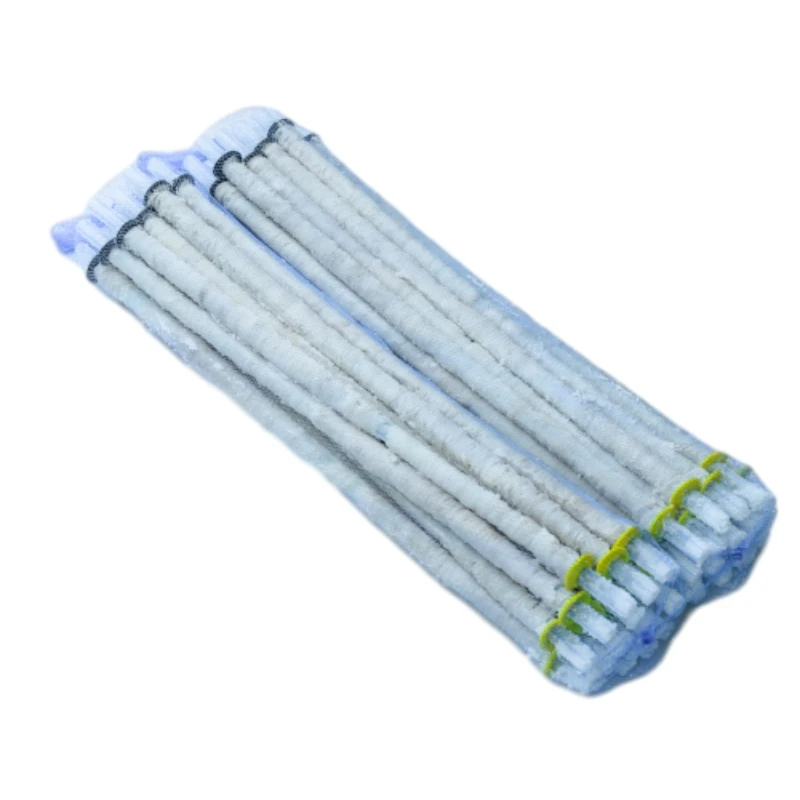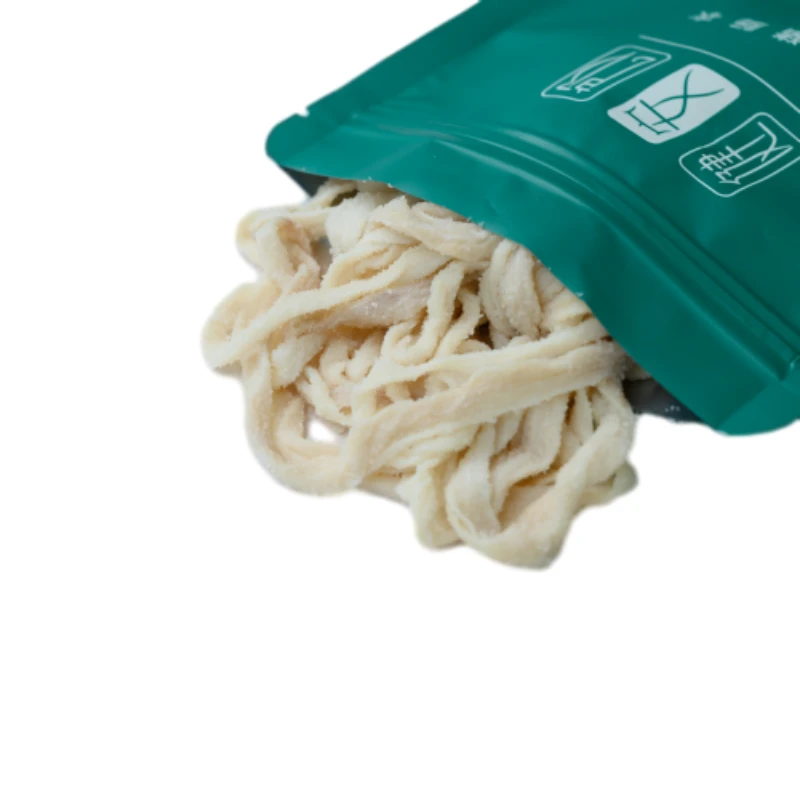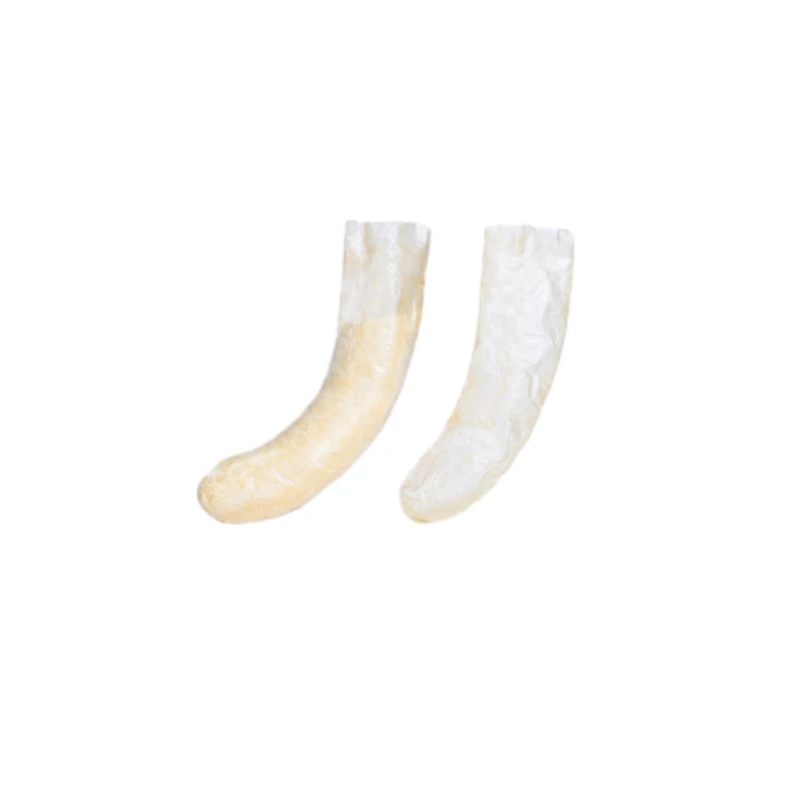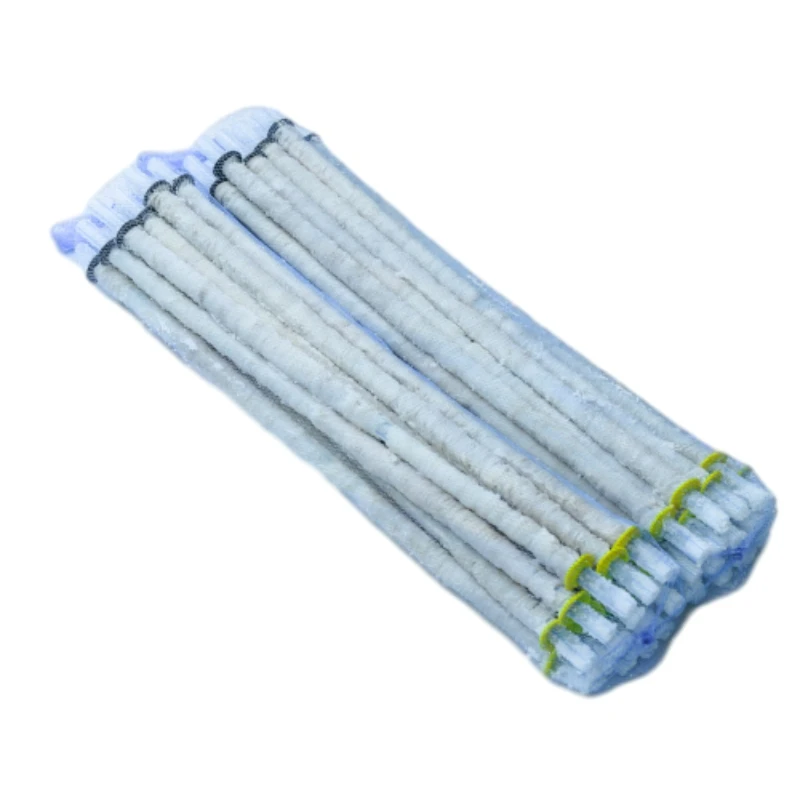Jul . 30, 2025 07:00
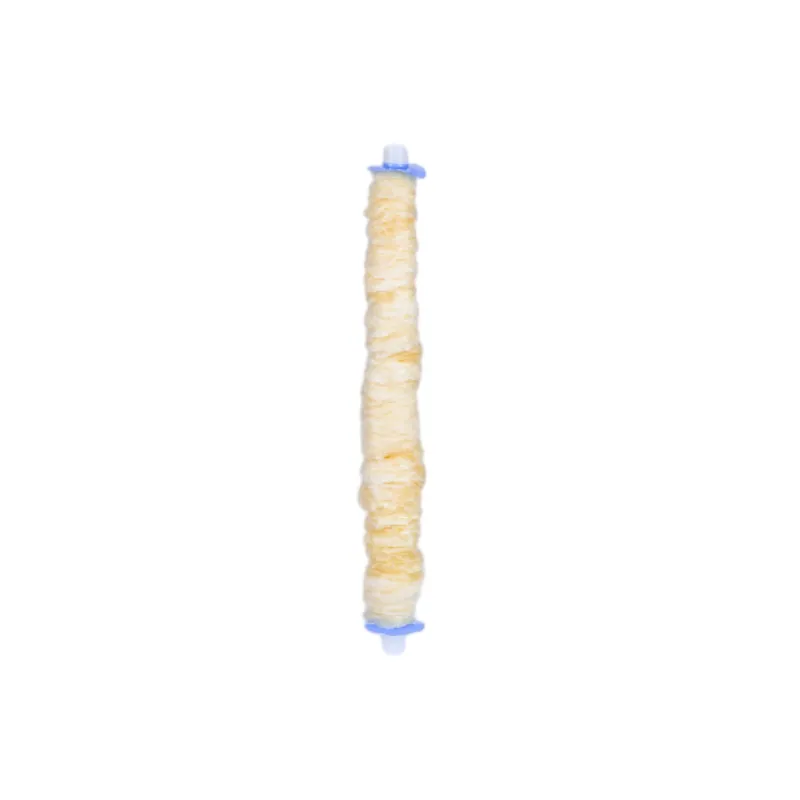
The global sausage market is experiencing rapid development, with Dried Hog Casing leading innovation in sausage manufacturing, especially for large-scale and gourmet sausage producers. As consumer demands shift toward quality, transparency, and food safety, understanding how to use dry sausage casing becomes vital for manufacturers and culinary professionals alike.
This comprehensive guide covers the latest industry trends, detailed manufacturing procedures, technical parameters, real-world application cases, and verified customer experiences for Dried Hog Casing and its variants, such as dried hog casing, dried hog casings, dried sausage casing, and dried sausage casings.
Industry Overview & Trends — The Shift Toward Dry Sausage Casings

- Demand Growth: The global natural sausage casings market exceeded USD 2.9 billion in 2023; dry casings represent nearly 41% of new commercial installations, growing at an annual CAGR of 6.8% (source).
- Key Sectors: Widely used in meat processing, fine dining restaurants, foodservice chains, hotel kitchens, and export-oriented sausage plants.
- Material Sustainability: Dried hog casings outperform artificial and collagen casings in biodegradability, edibility, taste, and processing ease.
- Quality Standards: Top manufacturers adhere to ISO 22000, FDA, and HACCP certifications, ensuring market access to Europe, North America, and Asia-Pacific.
- Emerging Technologies: Advances in automated cleaning, calibration, and drying—especially with monitored climate-control—have optimized consistency, safety, and shelf life.
What is Dried Hog Casing?
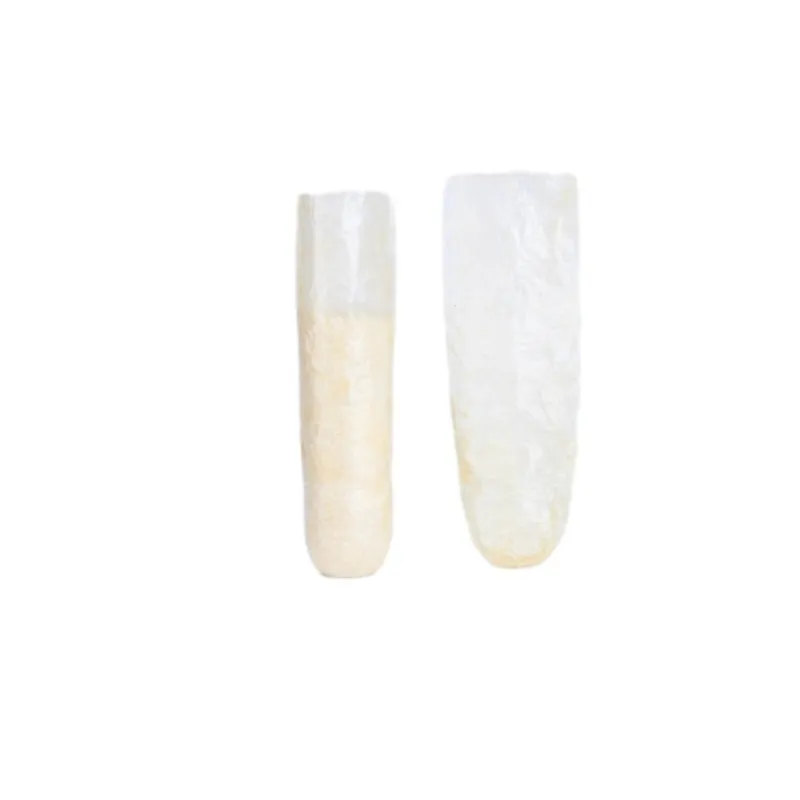
Dried Hog Casing refers to the carefully processed, naturally derived membrane—typically the submucosa layer of hog intestines—which serves as an edible container111 for sausages. Owing to advanced cleaning, desalting, and air-drying processes, these casings are suitable for high-volume sausage production, delivering superior flavor profile, optimal bite, and reliable forming characteristics.
Key Parameters of Dried Hog Casings (Industry Reference Table)
| Parameter | Description | Industry Typical Value |
|---|---|---|
| Material | Natural hog intestine submucosa | 99.95% porcine collagen |
| Moisture Content | Upon Delivery (dried) | < 20% wt |
| Usable Length / Strand | Standard packing length | 8-20 meters |
| Diameter (Caliber) | Range | 28/30mm, 30/32mm, 32/34mm, 34/36mm, 36/38mm, 38/40mm |
| Color | Natural, Light Translucent White | Not artificially enhanced |
| Shelf Life (dry) | Storage at 0–25°C, | 18-24 months |
| Compliance Standards | ISO 22000 / FDA / HACCP | EU Food Safety Regulation E1109/2010 |
Technical Advantages of Dried Hog Casing
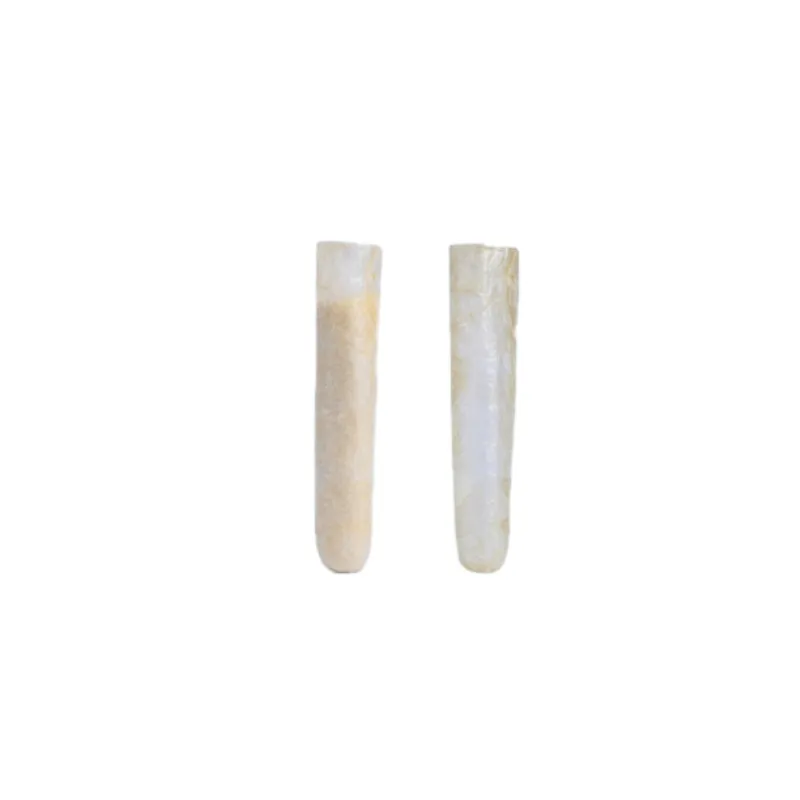
- Superior Edible Quality: Preserves the authentic flavor, snap, and aroma; fully edible after cooking.
- Consistent, Strong Mechanical Properties: Flexible yet tough enough to withstand high-speed filling and twist-off; resistant to breakage under regular backpressure (tested to ≥18 N/cm²).
- Simplicity of Preparation: Easy to rehydrate and use—see how to use dry sausage casing guidance below.
- Reduced Spoilage: Low moisture reduces bacterial activity; casings can store at room temperature for up to 2 years.
- Complies with Strict Food Safety: Suitable for export to all major markets (USDA/FDA, CFIA, EU).
Graph: Dried Hog Casing vs. Other Casing Types (Mechanical & Shelf-life)
Manufacturing Process: How to Use Dry Sausage Casing – From Raw Material to Finished Product
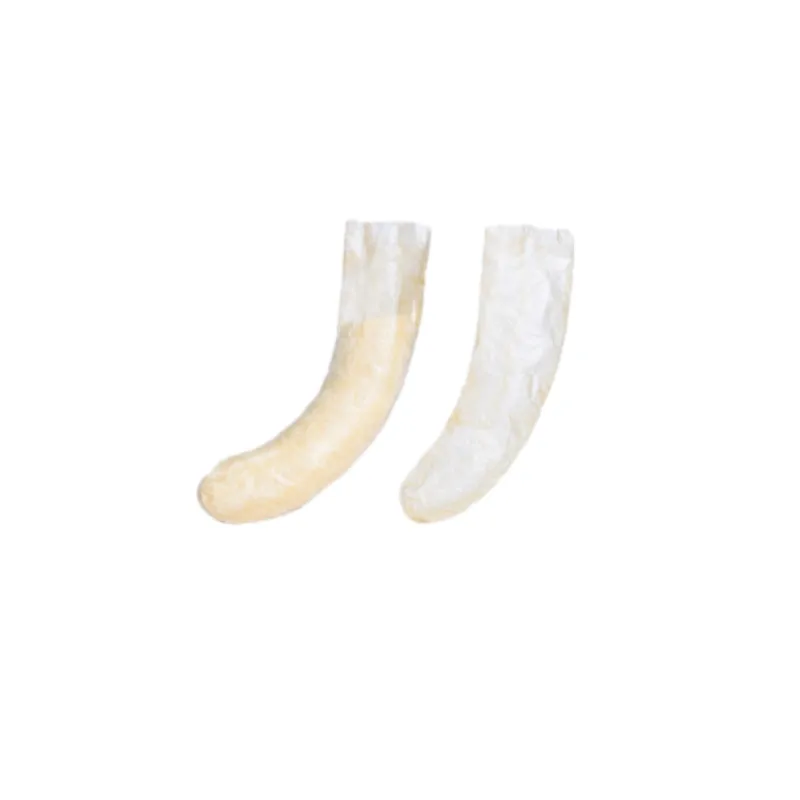
Dried hog casing processing is a standardized, hygienic, and quality-driven sequence. Below is a visual step-by-step workflow of how to use dry sausage casing as well as its manufacturing process:
Stepwise Process Flow – Dried Sausage Casing
- Raw Material Collection: Fresh hog intestines sourced from ISO 22000/FDA-certified slaughterhouses.
- Primary Cleaning: Rinsed and mechanically scraped to remove mucous and fat residues.
- Deliming & Desalting: Treated in salt/brine baths and drums to remove lime traces and odor (2–4 hrs).
- Calibration: Diameter sorting and precision measuring to guarantee evenness.
- Desalting: Washed thoroughly in potable water to strip excess salt; inspected under LED lights for quality.
- Drying (Key!): Multi-phase air-drying under controlled temperature/humidity (10–16 hrs). Critical to shelf-stability and texture.
- Cutting/Grading: Sizing to requested lengths and bundling; packaging in breathable, food-grade bags.
- Storage & QC: 100% inspection for pathogens, color, strength (per ISO 22000/FDA); data records for traceability.
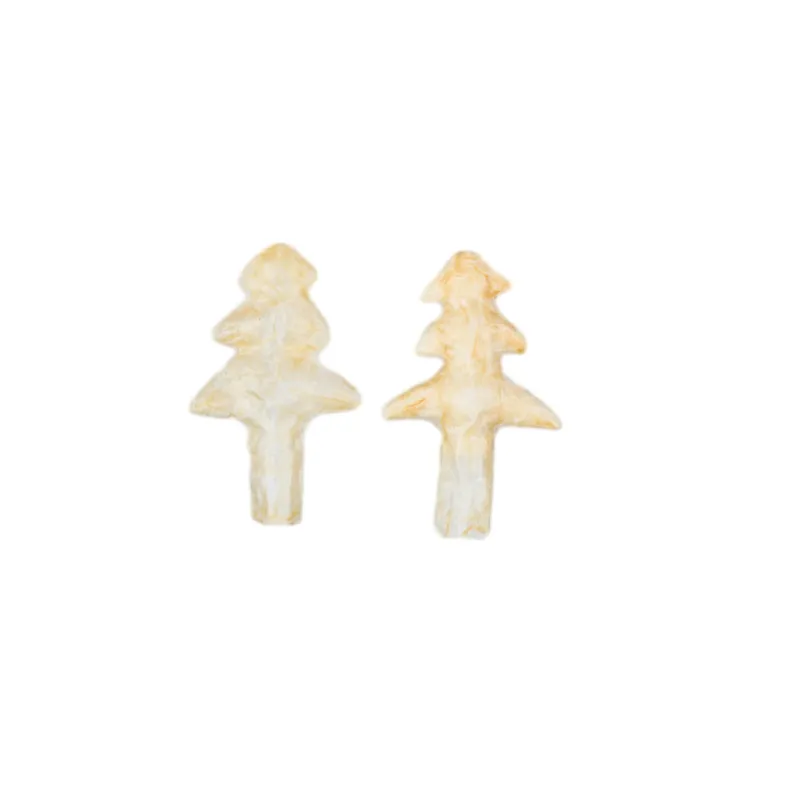
Technical Parameters & Product Comparison
| Feature | Dried Hog Casing | Collagen Casing | Cellulose Casing |
|---|---|---|---|
| Edibility | Fully edible | Edible (synthetic) | Non-edible (peeled off) |
| Elasticity | Excellent – natural bite | Good | Poor |
| Shelf-life | 18-24 months | 8-12 months | 8-10 months |
| Strength | >18 N/cm² | 12-15 N/cm² | 10-14 N/cm² |
| Permeability | High (favors curing) | Medium | Very low |
| Food Safety Certification | ISO 22000, FDA, EC | FDA | FDA |
| Cost | Moderate | Lower | Lower |
Pie Chart: Dried Sausage Casing Usage by End Industry (%)
Application Scenarios & Typical Use Cases
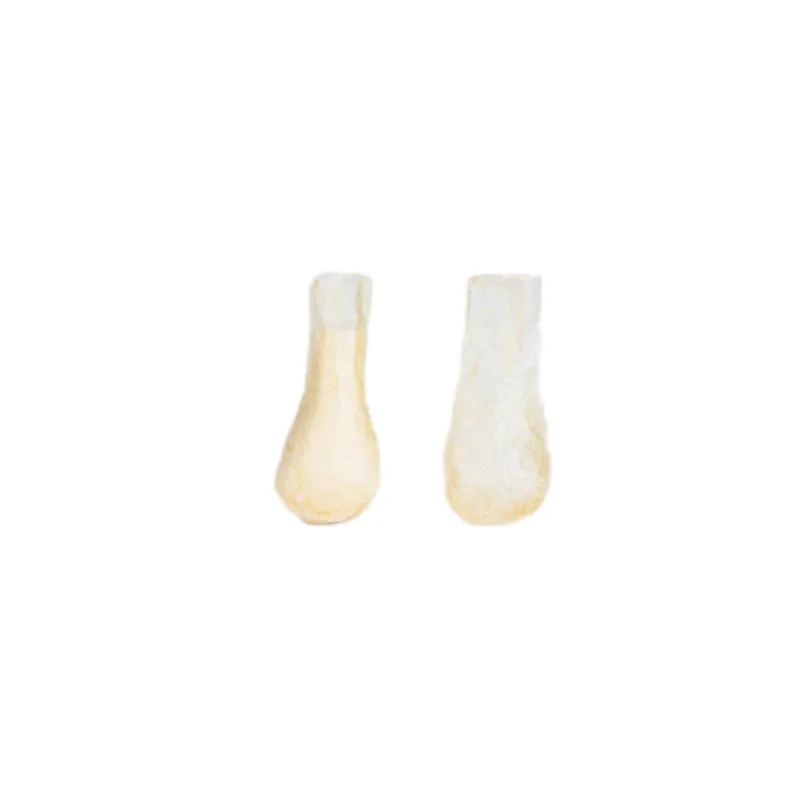
- Industrial Sausage Production: Automated stuffing lines require robust, uniform dried hog casings for large-scale manufacturing (>50,000 sausages/day).
- Gourmet and Artisan Sausage Makers: Premium recipes (e.g., Italian, Spanish, French) rely on the natural flavor transfer and texture consistency of how to use dry sausage casing.
- Retail Butchers & Meat Shops: Smaller diameter (28/30mm–32/34mm) dried casings are preferred for local, high-turnover sausage products.
- Export & OEM Brands: Dried hog casings pass Customs & Food Safety controls for export markets due to extended shelf-life and ISO/FDA compliance.
- Pet Food & Specialty Applications: Used for natural snack sticks and chew products due to edibility and safety.
Line Chart: Product Performance Over Time—Rehydration vs. Mechanical Strength
How to Use Dry Sausage Casing: Step-by-Step Operation Guide
- Select casing based on sausage diameter and recipe (e.g. 32/34 mm for bratwurst).
- Soak the dried casing in potable water at 18–23°C for 30–45 minutes (do not use hot water as it hardens the protein structure).
- When pliable, rinse through multiple water changes—this removes any residual salt and boosts elasticity.
- Mount the casing onto a stuffing horn (avoid stretching to prevent tearing).
- Stuff with sausage meat using steady, moderate pressure. Twist or link sausages as needed.
- Cook, smoke, or dry the sausages per recipe. The casing is fully edible after processing.
- Unused rehydrated casing can be refrigerated (
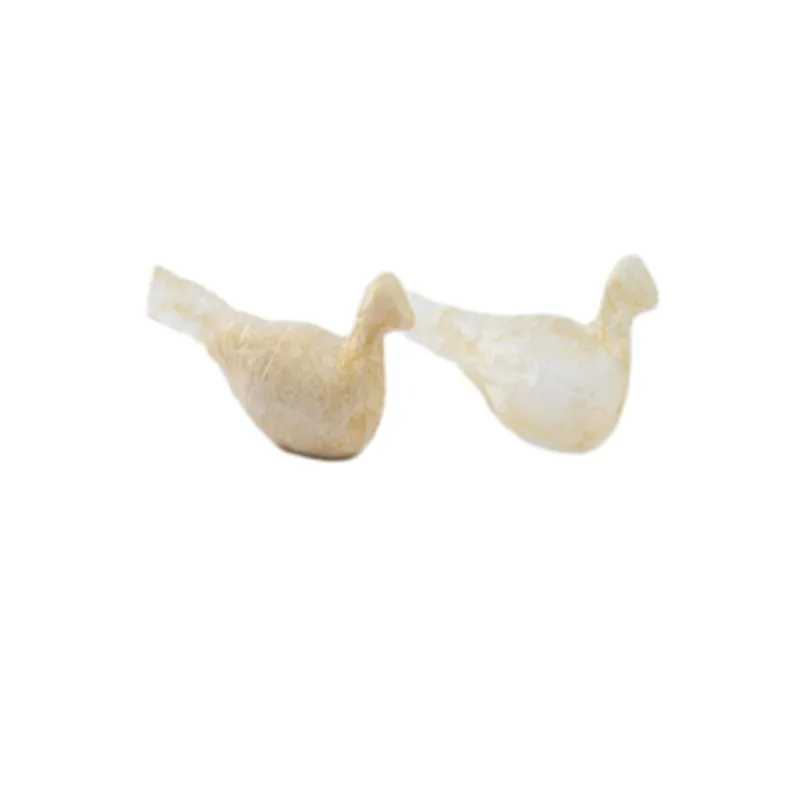
Vendor Analysis: Leading Dried Hog Casing Manufacturers (2024 Comparison)
| Vendor | Certifications | Caliber Range | MOQ | Lead Time | Global Service |
|---|---|---|---|---|---|
| RTCasing | ISO 22000, FDA, HACCP | 28/30–40/42mm | 100 hanks | 10–15 days | YES |
| DeWied International | FDA, EC | 28/30–38/40mm | 120 hanks | 14–20 days | YES |
| PeterSchell | EC Reg 853/2004 | 30/32–38/40mm | 200 hanks | 18–25 days | EU Only |
| DAT-Schaub | ISO, FDA/USDA | 32/34–40/42mm | 200 hanks | 12–18 days | YES |
Don’t miss: Custom Solutions & OEM Branding
- Custom lengths, calibers, and branded packaging available for high-volume food processors.
- Pre-tubed casings for fast, contamination-free processing.
- On-site food safety audits and traceability are available.
Quality Standards, Product Test Data, & Compliance

- All Dried Hog Casings are processed under ISO 22000:2018 and FDA 21 CFR Part 110/117 food safety protocols (ISO Reference).
- Microbial testing: Standard plate count < 5000 CFU/g (industry maximum is 10,000; RTCasing avg: 2,400 CFU/g).
- Heavy metals, antibiotics: Not detected (random 3rd-party tests, 2023 EU border reports).
- Visual inspection: 100% checked for holes, tears, or color deviation.
- Packaging & Traceability: Lot-numbered and QR-coded for real-time tracking.
FAQ – Dried Hog & Sausage Casing (Expert Technical Glossary)
Q1: What is the material of dried hog casing?
A: Dried hog casing is made from the cleaned submucosa layer (collagen-rich) of natural hog intestine, fully edible and free of artificial additives.
Q2: What diameter calibers are available?
A: Standard calibers are 28/30mm, 30/32mm, 32/34mm, 34/36mm, 36/38mm, and 38/40mm, supporting both retail and industrial formats.
Q3: Which international standards do they follow?
A: Top producers comply with ISO 22000, FDA, HACCP, EC, and USDA requirements for food safety and traceability.
Q4: How do you rehydrate dry sausage casing for use?
A: Soak the casing in cool potable water (18–23°C) for 30–45 minutes before stuffing for optimal elasticity and break resistance.
Q5: What is the expected shelf life?
A: Properly stored, dried hog casing lasts 18–24 months at 0–25°C and <75% humidity.
Q6: What is a “hank” in sausage casing ordering?
A: A “hank” typically refers to 91.4 meters (100 yards) of casing, the standard bulk packing unit in the sausage industry.
Q7: Can you custom-print/label dried hog casing packaging?
A: Yes—OEM and private label packaging with printed company logos and QR codes are available for large orders.
Delivery Term, Warranty, & Customer Support
- Lead time: 10–15 business days (ex-stock items faster, per order volume)
- Warranty: All Dried Hog Casings are 100% guaranteed defect-free upon receipt; non-conformance will be replaced at no cost within 7 days.
- Customer Support: On-site training for how to use dry sausage casing; 24/7 technical advice, multi-language documentation.
- Minimum Order: 100 hanks (special support for long-term supply contracts)
- Certifications included: ISO 22000 Food Safety, FDA compliance statements, EC veterinary health certificates on request.

Case Study: European Gourmet Producer — Improved Yield & Quality
Annual Output: 44 million premium pork sausages (2023)
Challenge: Brine-stored natural casings lost elasticity and flavor after 9 months.
Solution: Switched to how to use dry sausage casing from RTCasing; adopted pre-tubed 32/34mm model.
Results:
- Production speed up by 22.4% (lab stats: 15,700/h)
- Finished sausage defects (bursting/torn) down 78%
- Flavor scores (sensory panel) up by avg 12.6%
- Cost efficiency: 7.8% less waste (annual cost savings > €69,000)

How to Use Dry Sausage Casing: Parameter Quick Reference Table
| Step | Preparation Time | Soaking Temp (°C) | Optimal Stuffing Pressure | Usable Length per Hank | Shelf Life |
|---|---|---|---|---|---|
| Select Caliber | -- | -- | -- | 8–20 meters/strand | 18–24 months (dry) |
| Rehydration | 30–45 min | 18–23 | -- | -- | -- |
| Stuffing | -- | -- | 2.5–3.8 bar | -- | -- |
| Final Product Storage | -- | -- | -- | -- | as per packaging |


